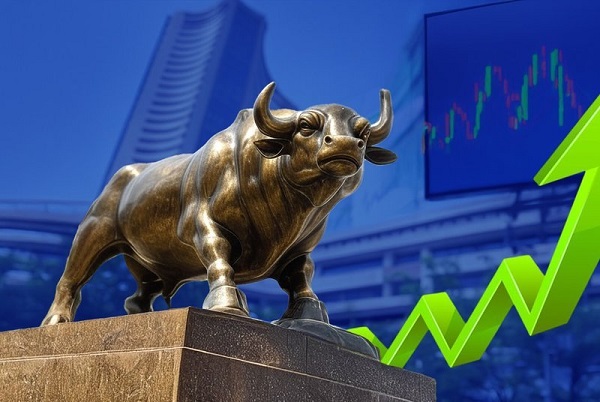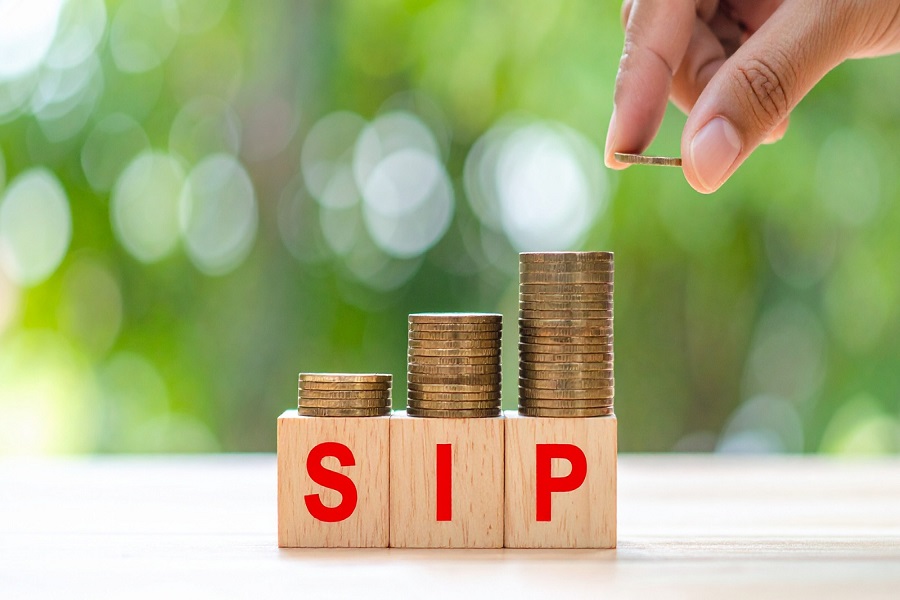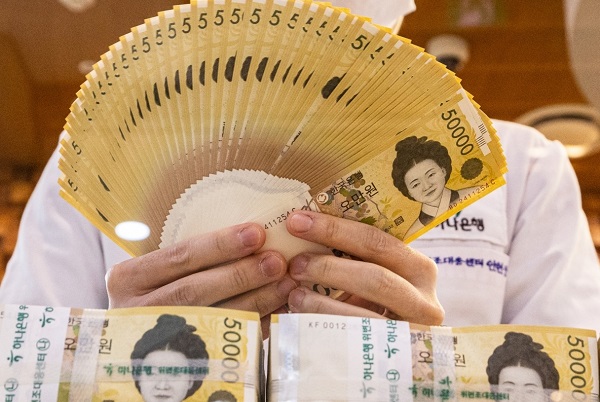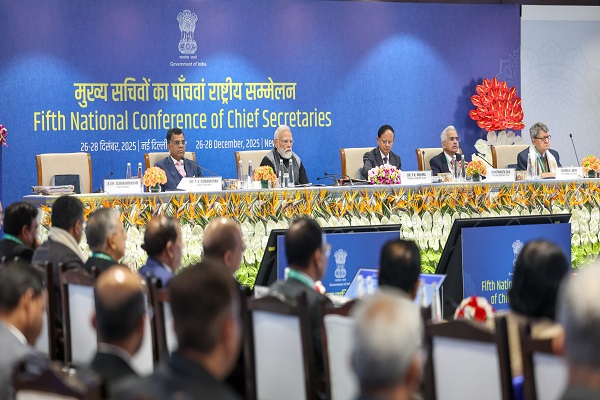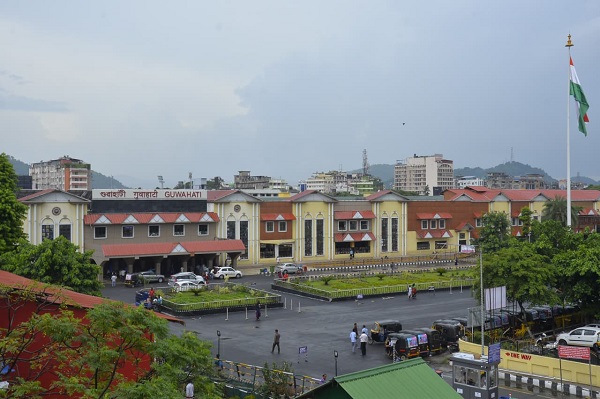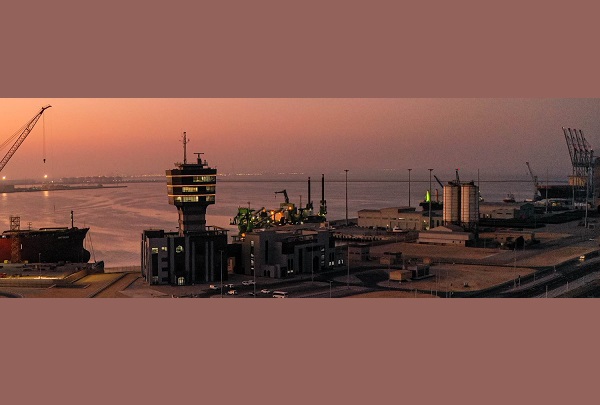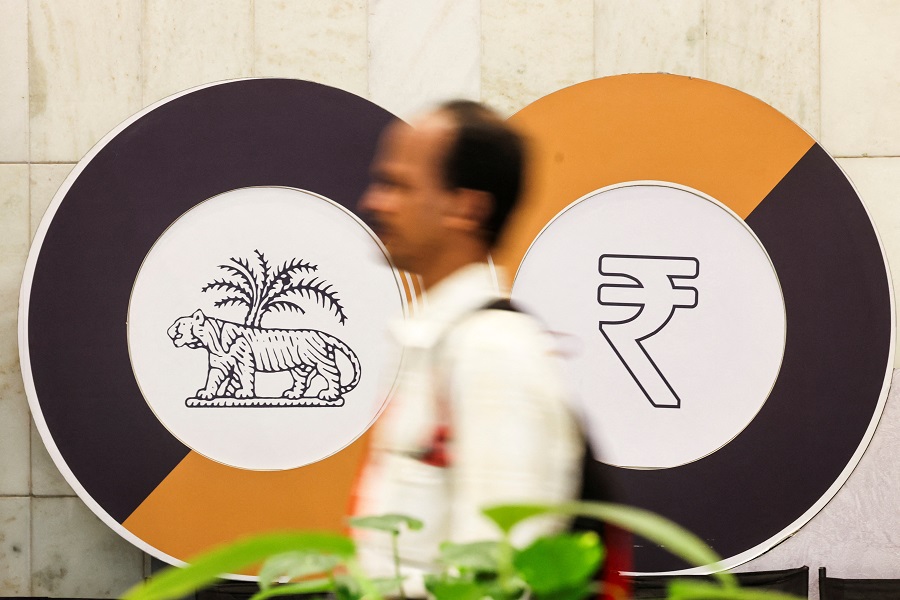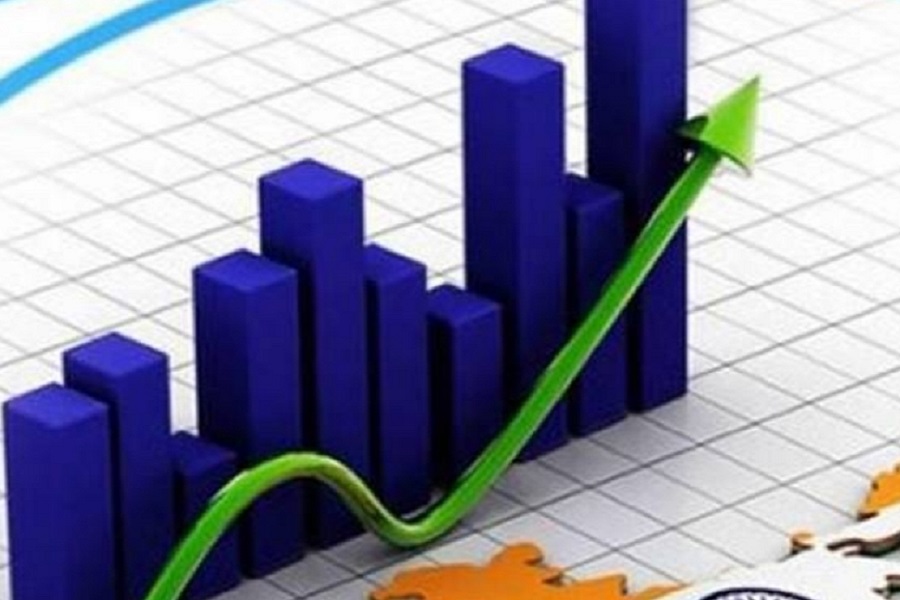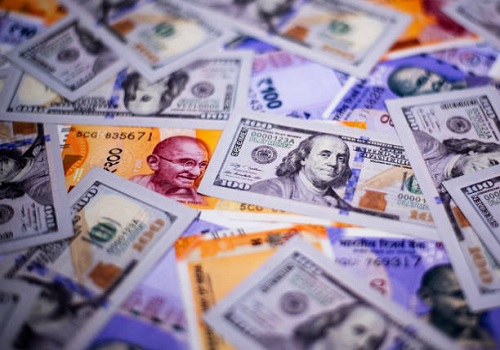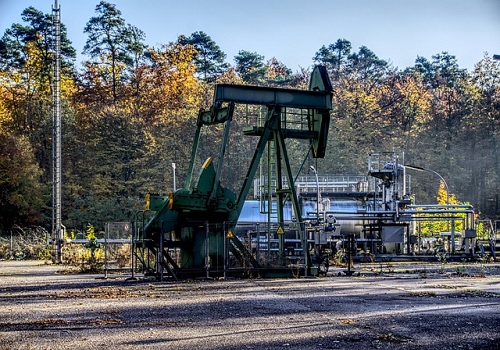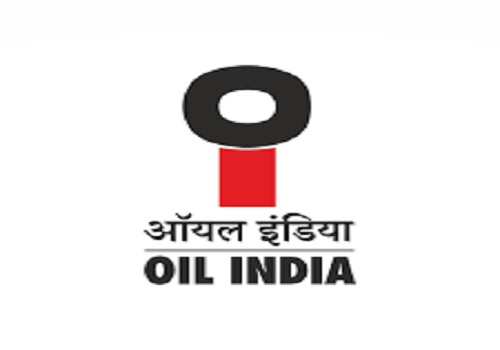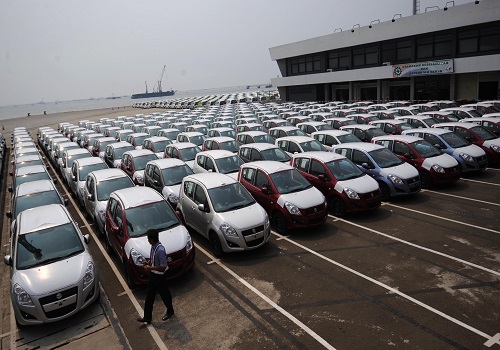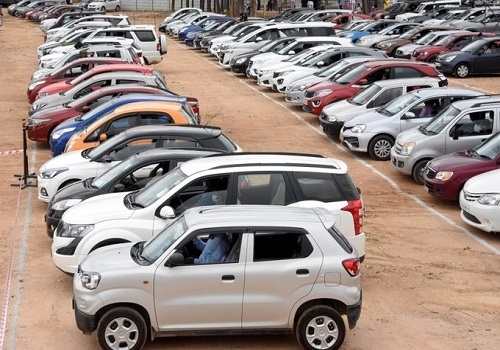Oil & Gas Sector Update : Tax reform vital for long-term margin sustainability By Motilal Oswal Financial Services Ltd
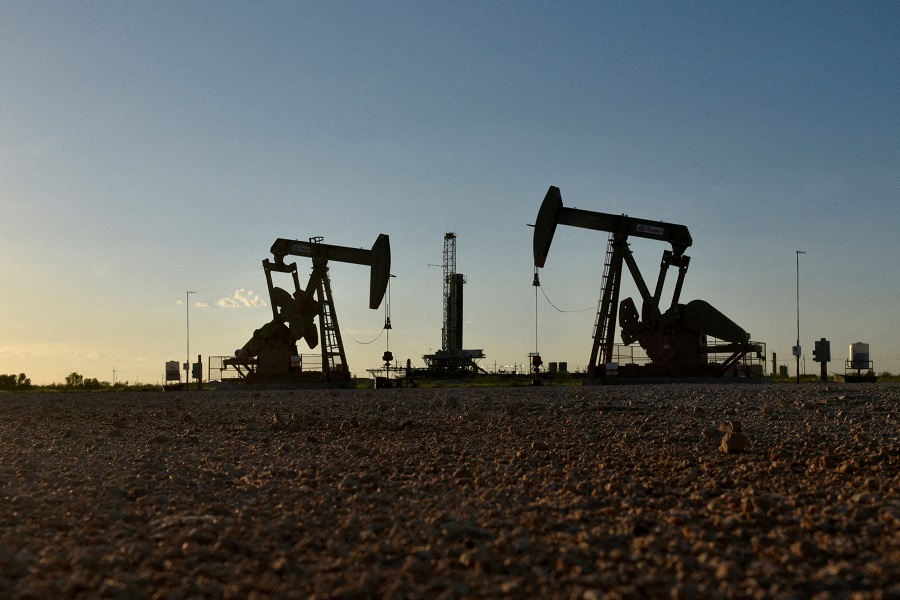
CGDs: Tax reform vital for long-term margin sustainability
* As per a recent media article, the inclusion of natural gas under the GST framework would not be on the agenda for the upcoming 55th GST Council meeting scheduled for 21st Dec’24. However, based on our interaction with GAIL, Indraprastha Gas (IGL) and Adani Total Gas recently, we believe that tax reform now is crucial for city gas distribution (CGD) companies to sustain their long-term margins and cost competitiveness and could be a key catalyst in 4QFY25-1HFY26.
* Key takeaways from the meetings are as follows: 1) gas demand remains robust and GAIL maintains its outlook of stable growth in both transmission and marketing business; 2) tax reform for CGD companies has acquired a new sense of urgency given the recent de-allocation of APM gas and the resulting adverse impact on EBITDA/scm margins; 3) if margins are not bolstered (either via price hikes or tax relief), then ultimately the network expansion is likely to suffer; 4) nearly all CGD companies we have interacted with believe staggered price hikes for CNG are inevitable without tax relief, 5) the current APM availability across companies is 38-40% for CNG and 100% for D-PNG segment.
* In the CGD sector, Mahanagar Gas remains our preferred pick given its cheaper valuation vs. IGL for a similar growth profile. We also highlight GAIL as a beneficiary of rising transmission/marketing/petchem volume growth, a potential tariff hike in 4QFY25, and a long-term value unlocking opportunity from GAIL Gas monetization.
GAIL: Robust volume growth across transmission, marketing, petchem
* Potential tariff hikes of 10-12% in 4QFY25-FY26: GAIL management remains hopeful of a successful tariff-related outcome by FY25 end. We also believe the probability of gas price-related tariff hikes remains high, as PNGRB has considered a gas price of USD12.46/mmbtu for GUJS recently. We anticipate that GAIL could benefit from a 10-12% tariff increase, potentially boosting the company’s FY26E PAT by 5%.
* GAIL has guided for transmission volume at 130/140mmscmd for FY25/26. This does not include any benefits from the inclusion of natural gas under GST. In 3QFY25 so far, we believe transmission and marketing volumes have largely been in line with 2Q trends, though marketing profit could be under pressure due to high spot prices. In FY26-27, we believe that the refining, power, and CGD sectors will drive the majority of the 20mmscmd increase in volumes.
* Limited direct benefit of natural gas inclusion under the GST regime: For GAIL, direct benefits from the inclusion of natural gas under the GST framework might be limited to ~INR1.5b-INR2b (as per our estimate). However, competitive natural gas pricing vs. pet coke and other dirtier fuels should boost gas consumption, and thus transmission volumes.
* Significant positive for GAIL Gas: The inclusion of natural gas under the GST framework could also be positive for GAIL Gas, for which industrial/commercial volumes account for the bulk of total volumes. Overall GAIL Gas reported FY24 volume of ~6.7mmscmd, with 61% coming from the industrial/commercial segment. We continue to believe that the monetization of CGD business is a key long-term value unlocking catalyst for GAIL.
* Pipeline completion on track: The company remains on track to commission five pipelines (capex ~INR130b by 1HFY26), which should provide medium-term volume visibility.
Tax reforms for natural gas crucial for margin stability
* Inclusion of natural gas in GST: Based on our interactions with gas utility companies, tax reform for natural gas seems to be a serious agenda for the government this time given the challenges facing the CGD sector after the recent APM de-allocation. However, as per a recent media article, the inclusion of natural gas under the GST framework would not be on the agenda for the upcoming 55th GST Council meeting scheduled for 21st Dec’24.
* Excise duty relief, even partially, can bolster margins: We understand the central government could look at removing or reducing excise duty on CNG as a way of relief for the CGD sector. We estimate a complete removal of excise duty could make CNG cheaper by INR7/scm in Delhi, and CGD companies could retain some of these benefits to bolster margins. IGL now has substantial CNG sales (up to 30%) outside Delhi; in states like UP and Rajasthan. Besides the 14% excise duty, there is VAT of 12.5%/10%. So in case of VAT removal, up to 30% of CNG sales will still benefit IGL.
* APM availability for CNG: The current APM availability for companies is in the range of ~38-40% for CNG and near 100% for D-PNG. The availability of gas from new wells is not an issue for now, but we do think that a competitive long-term gas sourcing arrangement is critical for margin visibility.
* DTC bus share down to 5% now for IGL; low-margin business: The share of DTC buses in overall CNG sales for IGL is only ~5% now and IGL makes less than INR4/kg on these sales (due to discounts of up to INR4/Kg).
* CNG price hikes inevitable; delaying price hikes impacts network rollout: Nearly all companies we met expressed an intent to hike prices and substantially offset the impact of the APM de-allocation. CGD players believe that the recent APM de-allocation-related issues, if not resolved, could ultimately lead to a slower expansion of CNG and D-PNG network over time.
Valuation and view:
* GAIL: We reiterate our BUY rating on GAIL with a TP of INR265. During FY24-27, we estimate a 14% CAGR in PAT driven by:
* An increase in natural gas transmission volumes to 149mmscmd in FY27 from 120mmscmd in FY24;
* Substantial improvement in petchem segment’s profitability over 2HFY25-FY27 as the new petchem capacity will be operational and spreads are bottoming out;
* The trading segment’s healthy profitability with guided EBIT of at least INR45b accompanied by volume growth.
* Our SoTP-based TP includes:
* The gas transmission business at 9x FY27E EBITDA of INR93b,
* LPG transmission business at 8x FY27E EBITDA of INR5b,
* Gas trading business at 6x FY27E EBITDA of INR62b,
* Petrochemical business at 7x FY27E EBITDA of INR28b, and
* LPG business at 6x FY27E EBITDA of INR19b.
* Adding the value of listed and unlisted investments of INR272b and adjusting FY27E ND of INR151b, we arrive at our revised TP of INR265.
* MAHGL: After the twin APM de-allocation, we estimate an INR3.1/scm adverse impact on EBITDA margins without any price hikes. We also believe that a price hike of ~INR5.5-INR6/kg in CNG will be required to offset the impact of APM deallocations. While an INR2/kg CNG price hike taken by MAHGL recently (media article) shall partially reduce the adverse impact on margins, we cut our EBITDA/scm margin, leading to a reduction of 10%/11%/11% in FY25E/FY26E/FY27E EPS. Further, if margins are not bolstered (either via price hikes or tax relief), then ultimately the network expansion is likely to suffer. Hence, we reduce our valuation multiple to 15x P/E vs. 16x P/E earlier.
* We expect a 9% CAGR in volume over FY24-27E, driven by multiple initiatives implemented by the company, such as partnering with OEMs to drive conversions of commercial CNG vehicles and providing guaranteed price discounts to new I/C-PNG customers.
* The stock trades at 12x FY26E EPS of INR105. We value it at 15x Dec’26E EPS to arrive at our TP of INR1,750. Reiterate BUY.
For More Motilal Oswal Securities Ltd Disclaimer http://www.motilaloswal.com/MOSLdisclaimer/disclaimer.html
SEBI Registration number is INH000000412

